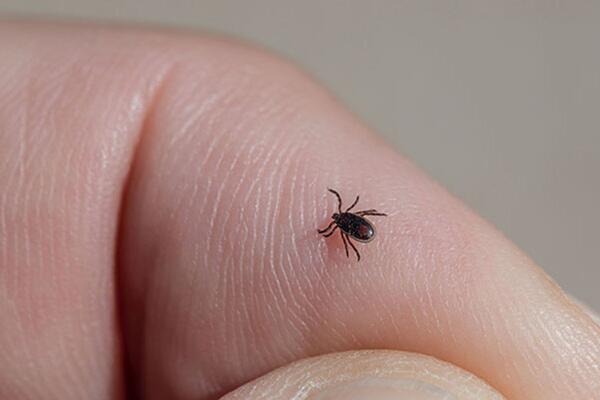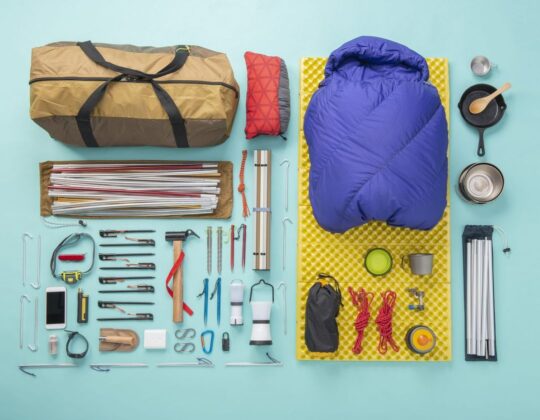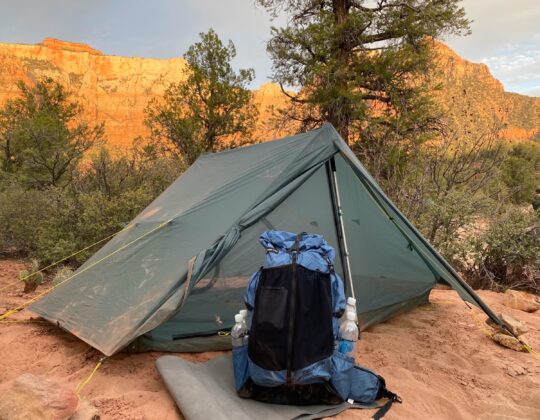Venturing into the great outdoors brings the joy of exploration, but it also exposes you to potential encounters with ticks and other outdoor pests. Protecting yourself against these tiny yet potentially troublesome creatures is crucial for a safe and enjoyable outdoor experience. In this guide, we’ll explore effective strategies to safeguard yourself from ticks and other outdoor pests, allowing you to fully embrace the beauty of nature without unnecessary concerns.
Understanding Ticks and Outdoor Pests:
- Ticks:
- Overview: Ticks are small arachnids that feed on the blood of mammals, including humans. They can transmit diseases such as Lyme disease and Rocky Mountain spotted fever.
- Habitat: Ticks thrive in grassy, wooded, and humid areas, waiting on vegetation to latch onto passing hosts.
- Other Outdoor Pests:
- Mosquitoes, Fleas, and More: In addition to ticks, outdoor adventures may expose you to other pests such as mosquitoes and fleas, which can also transmit diseases like West Nile virus and typhus.
Prevention Strategies:
- Wear Protective Clothing:
- Long Sleeves and Pants: Cover exposed skin with long-sleeved shirts and pants to minimize direct contact with ticks and other pests.
- Tuck-In Clothing: Tuck pants into socks and shirts into pants to create a barrier against crawling pests.
- Use Insect Repellent:
- DEET-Based Repellents: Choose insect repellents containing DEET for effective protection against ticks and mosquitoes.
- Apply Properly: Follow the instructions on the repellent’s label and reapply as necessary, especially after swimming or sweating.
- Choose Light-Colored Clothing:
- Tick Visibility: Opt for light-colored clothing to make ticks more visible and easier to spot.
- Cooler Temperatures: Light colors also help reflect sunlight, keeping you cooler during warm weather.
- Stay on Designated Trails:
- Avoid Dense Vegetation: Stick to designated trails to minimize contact with tall grasses and dense vegetation where ticks are more prevalent.
- Trail Maintenance: Support trail maintenance efforts to keep paths clear and reduce tick habitats.
- Perform Regular Tick Checks:
- Full-Body Inspection: Conduct thorough tick checks on yourself, family members, and pets after spending time outdoors.
- Focus on High-Risk Areas: Pay close attention to areas like the scalp, behind the ears, along the hairline, and in the armpits and groin.
- Shower After Outdoor Activities:
- Tick Removal: Take a shower within two hours of returning indoors to wash off ticks before they attach.
- Wash Clothing: Wash outdoor clothing immediately to remove any ticks that may have hitchhiked.
- Use Tick-Repellent Products:
- Permethrin Treatment: Apply permethrin to clothing, gear, and shoes for long-lasting tick protection.
- Tick-Repellent Clothing: Consider wearing clothing treated with tick-repellent technology for added defense.
Tick Removal:
- Prompt Removal:
- Use Tweezers: Grasp the tick with fine-tipped tweezers as close to the skin’s surface as possible.
- Avoid Squeezing: Avoid squeezing the tick’s body, as it may inject more saliva into the bite site.
- Slow and Steady Removal:
- Pull Straight Up: Pull upward with steady, even pressure. Do not twist or jerk the tick, as this may cause its mouthparts to break off and remain in the skin.
- Clean the Bite Area: Disinfect the bite area and your hands with rubbing alcohol, an iodine scrub, or soap and water.
- Dispose of the Tick Properly:
- Avoid Crushing: Avoid crushing the tick with your fingers. Dispose of it by submerging it in alcohol, placing it in a sealed bag, or flushing it down the toilet.
- Record the Incident: Record the date and location of the tick bite, and monitor for any signs of illness in the following weeks.
Additional Strategies for Mosquitoes and Other Pests:
- Use Mosquito Nets:
- Camping and Sleeping: When camping or sleeping outdoors, use mosquito nets to create a physical barrier against mosquitoes and other flying insects.
- Avoid Dusk and Dawn:
- Peak Mosquito Activity: Mosquitoes are most active during dawn and dusk. Plan outdoor activities accordingly to reduce exposure during peak mosquito hours.
- Eliminate Standing Water:
- Breeding Grounds: Mosquitoes breed in standing water. Regularly empty containers like bird baths, flower pots, and gutters to eliminate potential breeding grounds.
- Install Screens:
- Windows and Doors: Install screens on windows and doors to keep mosquitoes and other flying insects outside.
- Camping Gear: Use mesh screens on camping tents to create a barrier against pests.
- Natural Repellents:
- Citronella and Essential Oils: Consider using natural repellents containing citronella, eucalyptus, or other essential oils.
- Citrus Peels: Rubbing citrus peels on exposed skin may act as a natural deterrent.
Conclusion:
Safeguarding yourself from ticks and outdoor pests is essential for a worry-free outdoor experience. By adopting a combination of preventative measures, including protective clothing, insect repellents, and regular tick checks, you can minimize the risk of encounters with these creatures. Being proactive in tick removal and employing additional strategies for mosquitoes and other pests ensures that you and your family can fully enjoy the beauty of nature while staying safe and protected. So, gear up, follow these guidelines, and embark on your outdoor adventures with confidence and peace of mind.











